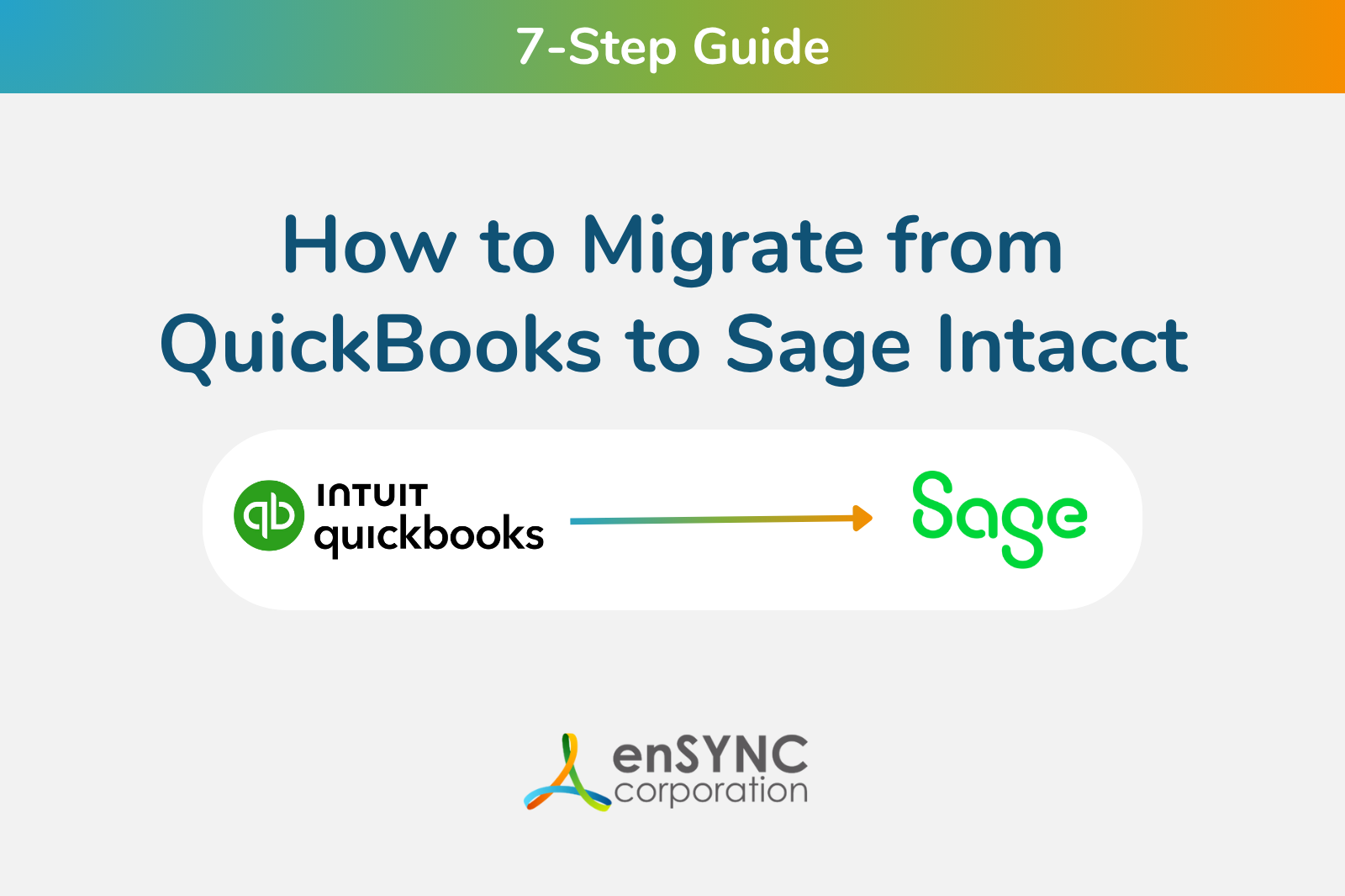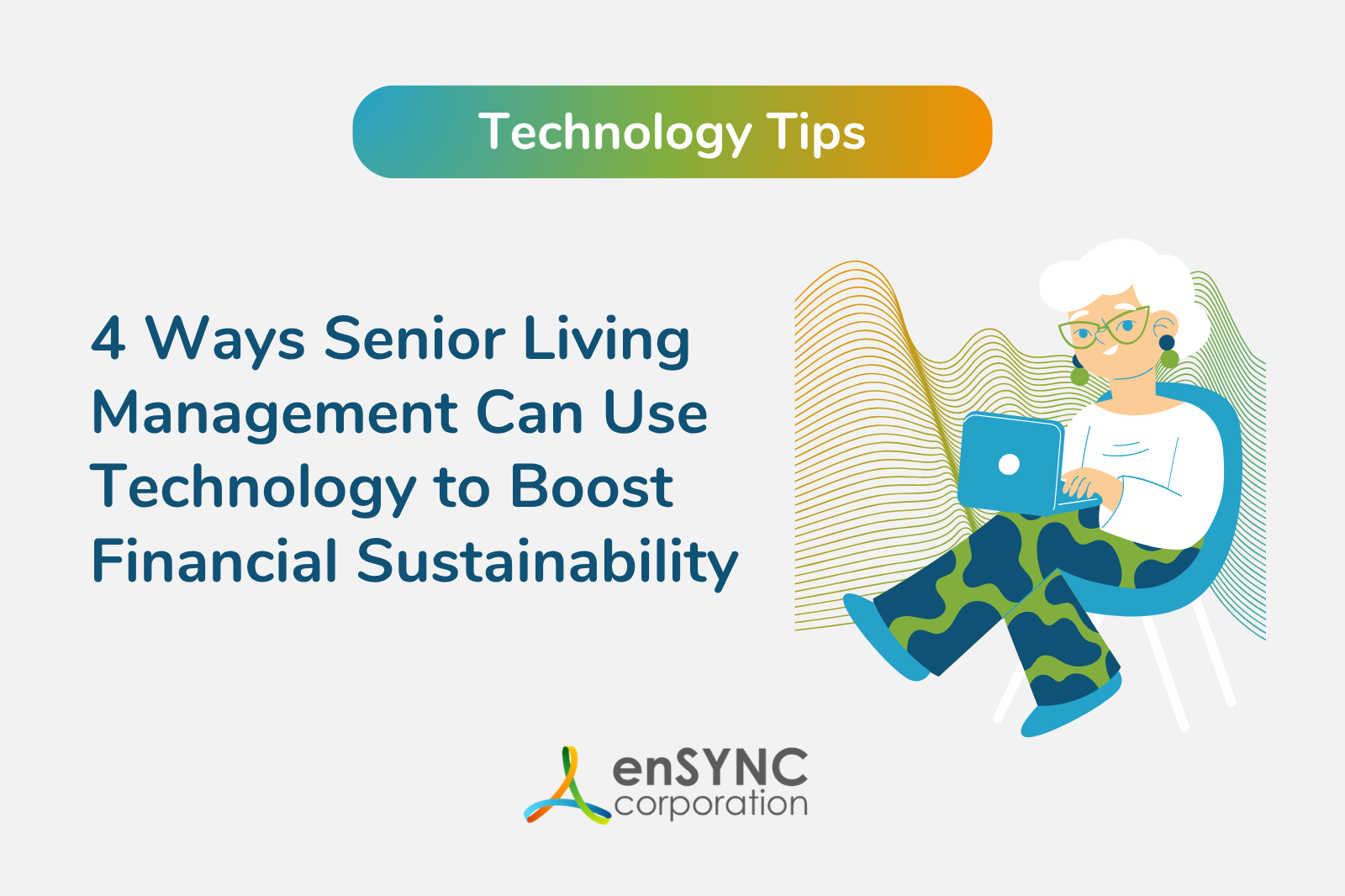Strategy & planning | Associations
How to Write an Association Strategic Plan
August 19, 2020
|
A business plan is a must for any enterprise, but the term “strategic plan” has been gaining a bad reputation with board and staff members of nonprofit organizations, for a number of reasons.
Large associations within the nonprofit sector have increasingly been trying to operate like a large corporation, aiming for more strategic management to help them reach both long and short term goals. However, the planning process tends to not engage board members or to answer the questions that are really frustrating for staff, and in many cases it ends with a disconnect between the executive director's strategic objectives and the organization’s actual mission and vision statement.
What Is A Strategic Plan For A Nonprofit?
In its simplest terms, an association strategic plan is a document that sets out the (specific, measurable, attainable) goals the association wants to reach, and then lays out the action plans to achieve the goals.
Strategic plans are usually made to cover the next three years, and should include provisions to respond to changes in the internal and external environment that affect the association’s day to day activities.
Why Do Nonprofits Need A Strategic Plan?
Without a clear set of strategic priorities and a plan to follow, a nonprofit association may very easily fall into chaos, with board and staff pulling in different directions and achieving very little.
Unlike a business enterprise, which is focused on delivering products and services and maximizing profit, a nonprofit has a mission statement and a set of strategic issues they want to work on, be they social issues, equality, the environment or many others.
Without a plan, it’s easy for an association to lose track of its real goal and focus instead on growth, funding, or other goals which should instead be considered means to their actual goals.
A plan is necessary. However, an expensive and lengthy “strategic plan” may not be the ideal planning tool for a nonprofit that needs to remain agile in a changing world.
Let’s consider some pros, cons and alternatives.
Cons Of Nonprofit Strategic Planning
The now traditional strategic plan (it was originally developed in the 1920s, a hundred years ago) has become rigid and stale in more ways than one, and it is no longer the best way to plan for our fast-changing world. Some criticisms that have been issued against strategic planning include the following:
-
The planning process maintains the status quo, instead of tackling the tough issues within the organization or bringing needed evolution and transformation.
-
Only a few people are involved in the planning process, and in the worst cases most of it falls onto an external consultant. Without input from everyone (board, staff, volunteers, donors, etc.) the plan will not fully reflect the reality of the organization… and will also have a lot less buy-in from those who do not feel represented.
-
The board should be actively engaged and ready to have tough conversations around planning. Plans taken without board engagement and input will not be fully espoused or supported by them either.
-
Too many goals and too little strategy do not a strategic plan make. Strategic plans usually cover seven areas: programs, funding, finances, board, staff, facilities, and outcomes. If you set 3 goals for each of these areas we’re talking about 21 goals already, and this does not include any of your ongoing programs or projects. It’s hard to keep track of and un-motivating for the staff who has to carry it all out.
Making a plan today and expecting it to cover the next three years is simply not realistic.
-
The time it takes to develop a strategic plan is a major issue. A traditional strategic plan may take months to write, during which major decisions get delayed and postponed which may create or aggravate issues. By the time the plan is out, the situation is not what it was when it started, unplanned actions may have been taken already, and the plan is already undermined before it even started to be executed.
-
The time covered by strategic plans is also not reasonable in today’s internet-powered world. Making a plan today and expecting it to cover the next three years is simply not realistic - anything from disruptive technology to a global pandemic can make your whole plan obsolete in a matter of months. And starting another 6-month planning process is not an option when the situation requires a response and pivot in real time.
-
The strategic planning process relies often on SWOT analysis, short for Strengths, Weaknesses, Opportunities, and Threats. However, this analysis relies on inaccurate, non-objective data, especially if not all parties are listened to. It’s hard for an organization with a leadership problem to come out and say “weak leadership is an issue for us.” If the problems are not articulated, then they don’t get resolved.
-
A strategic planning consultant can charge $200,000 for a plan. This may lead to understandable frustration on the part of staff and volunteers who are not heard or taken into account, and who see a stranger to the organization get paid large amounts to make decisions for them.
Benefits Of Nonprofit Strategic Planning
With all that said, while a stiff, traditional plan is not ideal, a good plan is a must-have for an organization with goals and ambitions. The top benefits of having a good strategic plan for your nonprofit association are:
-
A good plan creates a sense of direction, and reaching goals will motivate and encourage the entire organization to continue working hard.
-
Strategy (as opposed to endless goal-setting) will help your association be proactive when things happen, instead of reacting to change after the fact.
-
Organizations with a plan are more efficient: they know to fix the piping before laying the tile, and they don’t do unnecessary work or have to retrace their steps.
-
Planning ahead, while keeping agile, helps organizations go the distance instead of collapsing after the first unexpected setback.
What To Know To Prepare For Nonprofit Strategic Planning
Involve everyone in the plan, from staff and volunteers to the board and your biggest donors. Hold brainstorming meetings, interviews, and other ways of collecting information privately (in case someone has something sensitive to bring up) and keep the mood open and vibrant at first, focusing on a vision of what the organization could be in an ideal world.
Some questions to ask to get the ball rolling:
-
What are our biggest opportunities as an organization right now?
-
What would you like to read in a newspaper article about us in a year?
-
If we won the lottery, how should we spend those millions?
-
What is our biggest weakness at the moment? (be prepared to hear hard truths)
5 Keys To Successful Nonprofit Strategic Planning
Listen, and be prepared to accept things you didn’t want to hear from your staff, volunteers, and board. The tough conversations are important so you know where to focus your efforts.-
Money isn’t everything. Remember your main goals, and do not let fundraising come ahead of them - the most effective nonprofits are not necessarily the best-funded ones.
-
Get buy-in and engage all members of your association from the very beginning, instead of presenting them with a finished plan and expecting them to embrace it.
-
Plan in shorter “sprints” instead of a three-year span. Life changes fast. Make sure your plan can be reviewed and adjusted quarterly so it remains relevant.
-
Don’t be afraid to take risks! Evolution is a necessary part of survival, don’t allow your organization to get so set in its ways that it becomes obsolete and stiff. Embrace technology and change, and keep growing.
Recent Posts

Sounding Off with Mandy Lynch: Real Talk on Culture, Care, and Change in Senior Living
In each episode of Sounding Off: Senior Living Execs on Tech, we explore how senior living leaders at nonprofits are embracing technology to shape...

7-Step Guide: How to Migrate from QuickBooks to Sage Intacct
Organizations are constantly growing and changing. So too are accounting needs.
Enjoying our blog?
At enSYNC, we want to empower associations and nonprofits to make well-educated decisions. If you want our industry knowledge (and other free guides) sent directly to your inbox, fill out the form below.


